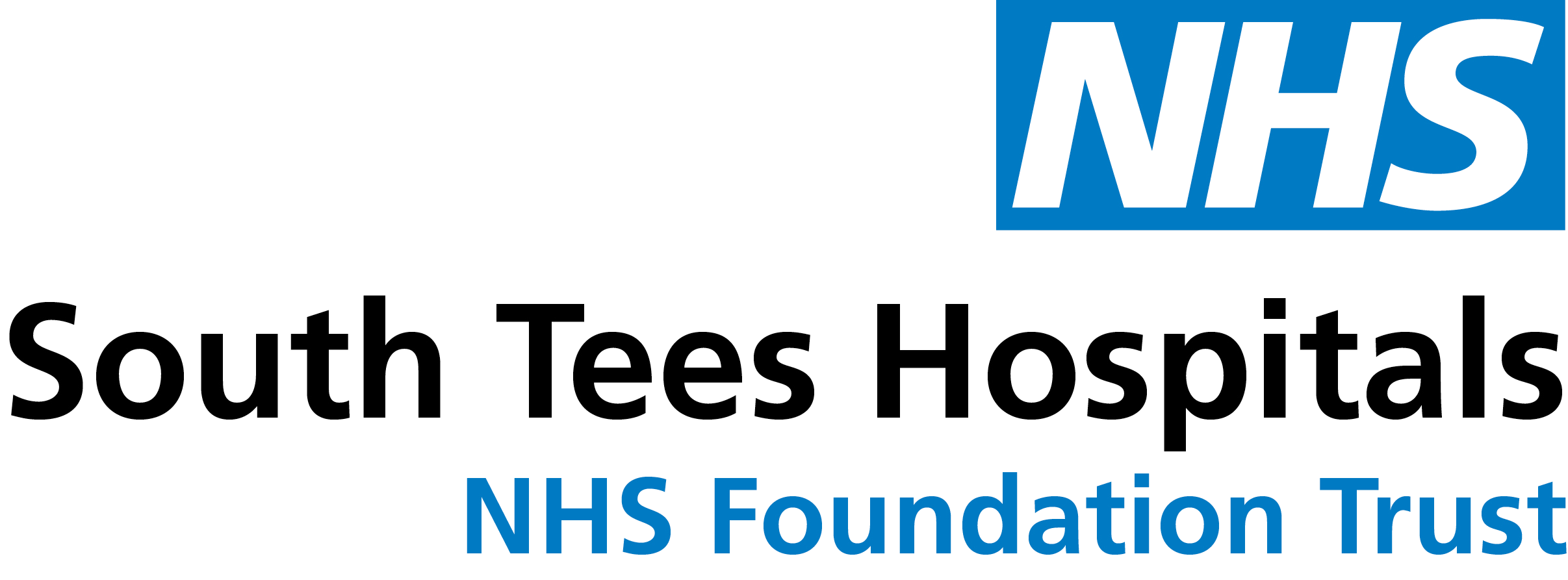Simplify secure clinical access to improve care delivery
Clinician engagement is the greatest influencing factor in the success or failure of a technology initiative. Our expert team ensures that your identity management solutions work as intended, with clinical workflows at their core.
Clinical Services capabilities
Streamline workflows and decrease friction to enable faster work with the focus on high quality patient care
Create secure, technology-enabled workflows to drive clinical adoption of security controls
Unleash the potential of EHR/EPR apps and other key platforms by tuning your workflows by specialty and location
Streamline enterprise-owned Android and iOS devices for fast, secure access to apps and badge-tap check out
Don’t re-invent the wheel. Benefit from lessons learned during thousands of deployments and optimizations, worldwide
Clinical expertise increases adoption and satisfaction, and enables staff to operate at the top of their skillset
Enable frictionless clinical workflows
Technology has become a key component to how care is delivered. Create a seamless experience to improve care quality, drive clinician productivity, and reduce burnout. Don’t be forced to choose between security and efficiency. Enable both.

Meet our clinical team
Our world-class clinical team is here to support you along your digital identity journey.

Sean Kelly, MD
Sean is a practicing emergency physician and Assistant Professor at Harvard Med School who helps doctors, nurses, staff, and patients get the premium healthcare digital identity technology they deserve.
Claire Reilly, RN MSc
With extensive Emergency Room and Health Informatics Leadership roles, Claire is passionate about driving end-user efficiencies that lead to higher adoption and improved security.


Daniel Johnston, MRes, RN
Daniel’s experience spans health IT to clinical and R&D positions in NHS and Harvard University Hospitals. He is an active champion for the development of CNIO roles at national and European levels.
Jason Potts, PharmD, BCCCP
Jason is an experienced clinical pharmacist with an extensive background in clinical pharmacy and informatics, working in academic medical centers and community hospital systems.


Pallavi Shettigar, RN, MBA
With over 15 years of experience in nursing and respiratory therapy, Pallavi is passionate about simplifying processes through technology to improve both clinician and patient experiences.
Megan Conover, MSN, RN
Megan is an RN with a master’s in nursing education. She has an extensive background in informatics and is passionate about helping clinicians find value, efficiency, and security from digital identity solutions.


Meg Flynn, PharmD
With experiences ranging from academic medical centers to rural community pharmacies, Meg values leveraging technology to balance healthcare IT security for quality patient care.
Christina Berg, RN MHA
With experience as an ICU nurse to delivering on complex EHR implementations, Christina is a champion for optimizing your EHR workflows to enhance clinical efficiency.






